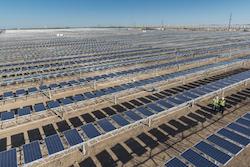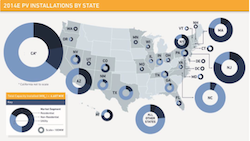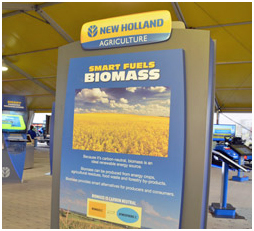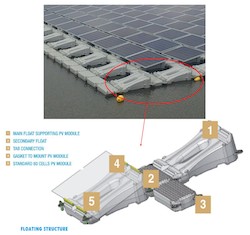 There is a new guide available for state program managers who are looking at the opportunity of community group purchasing for solar energy. “Planning and Implementing a Solarize Initiative: A Guide for State Program Managers,” was produced by The New England Solar Cost-Reduction Partnership, a coalition of five New England States managed by the Clean Energy States Alliance (CESA).
There is a new guide available for state program managers who are looking at the opportunity of community group purchasing for solar energy. “Planning and Implementing a Solarize Initiative: A Guide for State Program Managers,” was produced by The New England Solar Cost-Reduction Partnership, a coalition of five New England States managed by the Clean Energy States Alliance (CESA).
This guide features detailed cases studies of two particularly well-developed and successful programs from New England: Solarize Connecticut and Solarize Massachusetts. Solarize is a group purchasing program for solar PV systems that lowers acquisition costs for rooftop solar installations. As more homeowners join the group purchasing program, the cost goes down, because of a tiered-pricing plan with reduced prices for more participation. The guide will be helpful to program managers and other stakeholders in states across the country seeking to develop their own Solarize programs.
According to the guide, solarize programs in both Connecticut and Massachusetts have been tremendously successful in increasing the rate of residential solar adoption in three ways:
- First, Solarize expands the potential customer base. In Connecticut, 20% of households who signed a contract for a new solar PV system through the Solarize CT program had never previously considered installing solar.
- Second, the program speeds up solar deployment. In Massachusetts, the number of small-scale solar projects more than doubled in the vast majority of participating Solarize communities as a result of the program. In Connecticut, during Phase I of their Solarize program, selected Solarize municipalities achieved 24-65 times the rate of new solar installation contracts as compared to the rate during the prior seven years.
- Third, Solarize programs help drive down the installation prices for consumers. In Connecticut, Solarize has resulted in cost reductions of between 20-30 percent for customers. Solarize Mass has achieved an average price reduction of 18-20 percent for installed projects.
The guide is available here.










